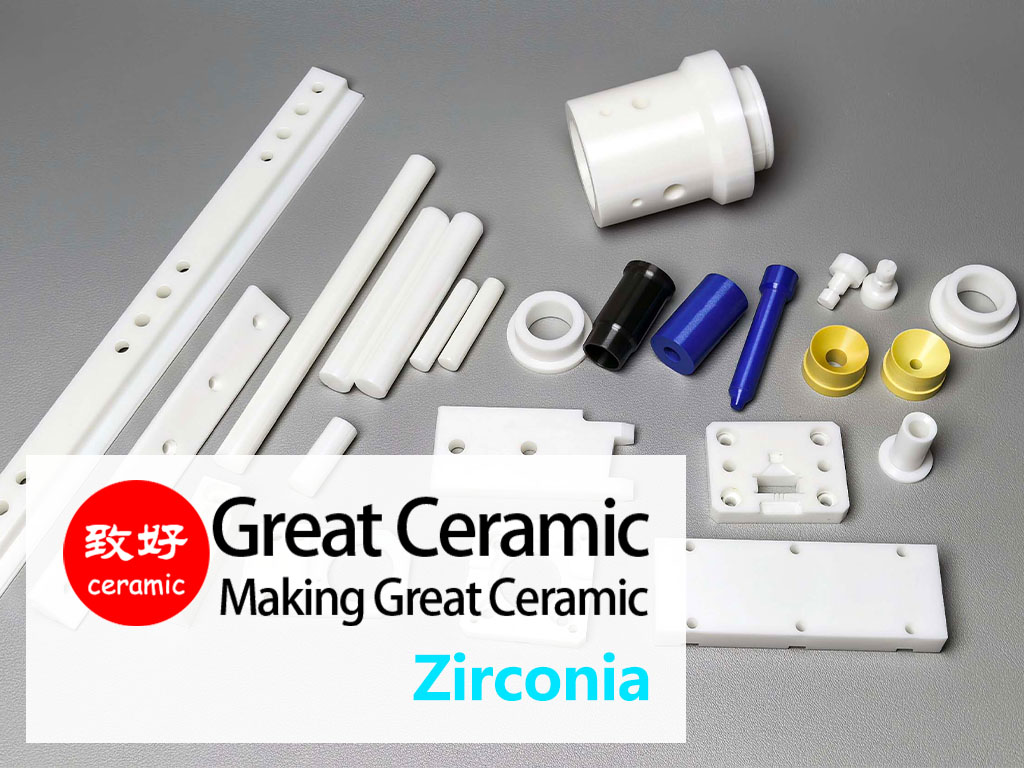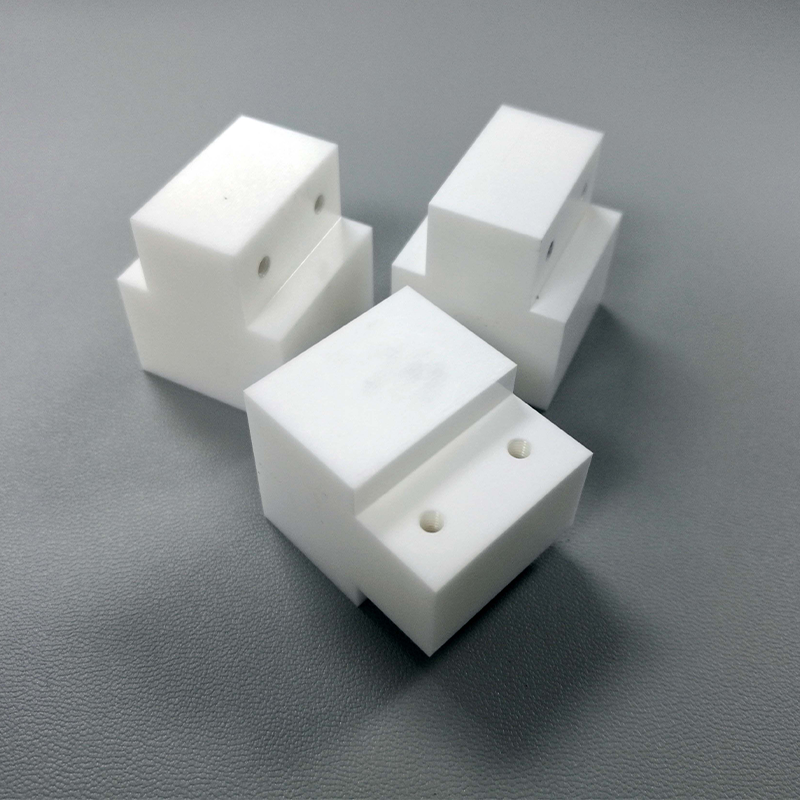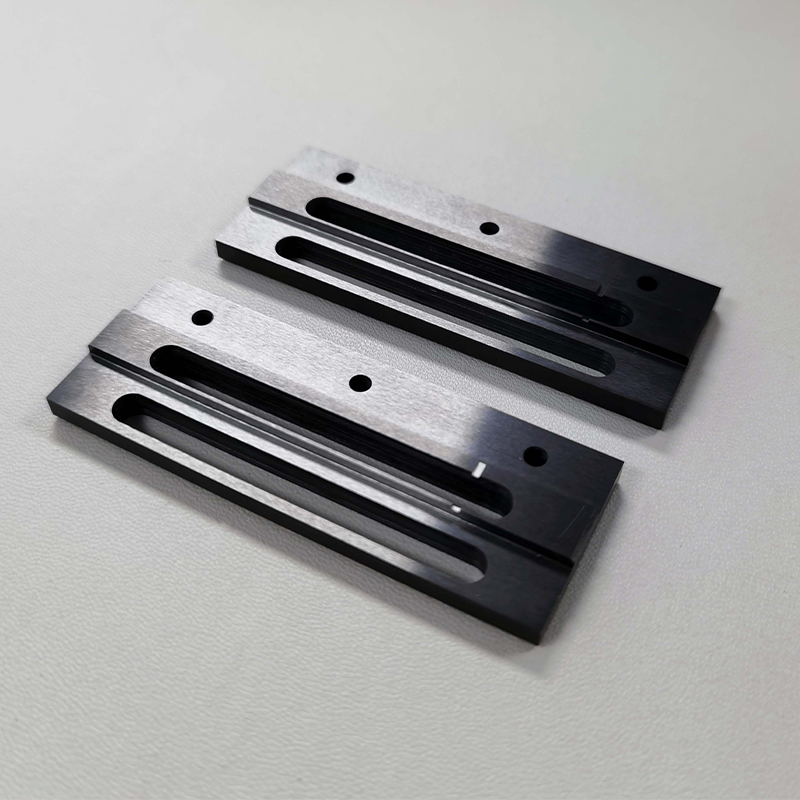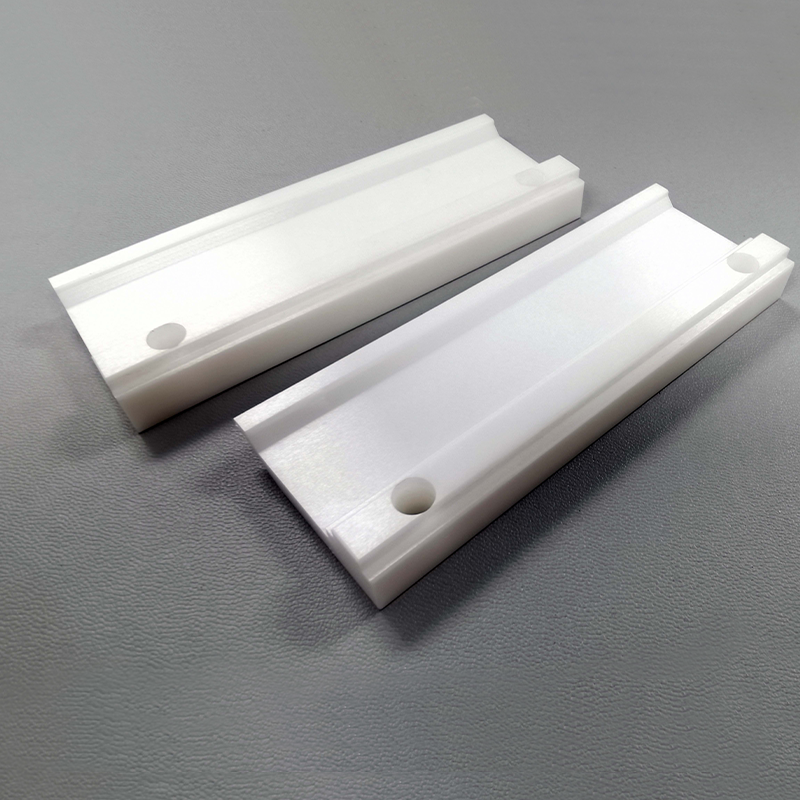About Zirconia Ceramics
Zirconia generally refers to zirconium dioxide with a chemical formula of ZrO2. It is the main oxide of zirconium. It is usually white, odorless and tasteless crystals, and is hardly soluble in water, hydrochloric acid and dilute sulfuric acid.
Unlike traditional ceramics, which tend to harden and become brittle, zirconia has high strength, wear resistance and flexibility, far surpassing most other technical ceramics. Zirconia is a very strong industrial ceramic with excellent properties in terms of hardness, fracture toughness and corrosion resistance.

Available Grades of Zirconia:
There are several grades of zirconia, the most common being yttria partially stabilized zirconia (Y-PSZ) and magnesium oxide partially stabilized zirconia (Mg-PSZ). Its unique resistance to crack growth and high thermal expansion make it an excellent material for joining ceramics and metals such as steel. Due to the unique properties of zirconia, it is sometimes referred to as “ceramic steel”.
Zirconia Ceramic Performance Parameters
- The density is relatively high;
- High bending strength and hardness;
- Excellent fracture toughness;
- Very resistant to wear and tear;
- Resistant to acid and alkali corrosion;
- Modulus of elasticity is similar to steel;
Mechanical Properties
| Properties | Unit | Y-PSZ |
Mg-PSZ |
ZTA |
| Colour | —— | White | Yellow | White |
| Density | g/cm³ | 6.05 | 5.7 | 4.1~4.38 |
| Hardness | GPa | 12.5 | 11.8 | 15 |
| Compressive Strength | MPa | 2100 | 1750 | 2350 |
| Flexural Strength | MPa | 850 | 900 | 700 |
| Fracture Toughness | MPa・m1/2 | 4~5 | >7.0 | 3.5 |
| Modulus of Elasticity | GPa | 200 | 200 | 310 |
| Poissons Ratio | —— | 0.30 | 0.30 | 0.26 |
Thermal Properties
| Properties | Unit | Y-PSZ |
Mg-PSZ |
ZTA |
| Maximum Use Temperature | ℃(No load) | 1000 | 1000 | 1500 |
| Thermal Conductivity @ 25°C | W/(m・K) | 2 | 2.2 | 20 |
| Thermal Expansion a at 20–400°C | 1 x 10-6/°C | 10 | 10.2 | 8 |
| Specific Heat | J/(kg・K) | 460 | 400 | 720 |
| Thermal Shock Resistance | ℃(Put in water) | 300 | 350 | 300 |
Electrical Properties
| Properties | Unit | Y-PSZ |
Mg-PSZ |
ZTA |
| Dielectric Constant | 1MHz | 30 | 28 | 10.2 |
| Dielectric Strength(6.35mm) | ac-kV/mm | 9.0 | 9.4 | 9.0 |
| Dielectric Loss | 1MHz | 16 x 10-4 | 10 x 10-4 | 20 x 10-4 |
| Volume Resistivity @ 25°C | Ω・cm | >1013 | >1012 | >1014 |
| Volume Resistivity @ 500°C | Ω・cm | >103 | >103 | >104 |
*The values are typical material properties and may vary according to products configuration and manufacturing process. For more details, Please feel free to contact us.
What is the use of zirconia ceramics?
- Wire forming/drawing dies
- Insulating rings in thermal processes
- Precision shafts and axles in high wear environments
- Furnace process tubes
- Wear resistance pads
- Thermocouple protection tubes
- Sandblasting nozzles
- Refractory material
- Extrusion dies
- Bushings and caps
- Kiln furniture crucible
- Fiber optic ferrules and sleeves
- Knives and blades
- Fuel cell parts
- Bearings & rollers
- Welding nozzles & pins
- Laser parts
- Gas igniters
- Electric insulator
- Ceramic guiders
- Oxygen sensors
- Medical and surgical component
- Mechanical seals
- Pumps, pistons, and liners
Zirconia Machining & Grinding
Zirconia machining and grinding involves using various techniques to shape and finish zirconia, a very hard ceramic material. The same design features common to alumina ceramics, such as blind holes and threads, can be easily produced in zirconia. However, the grinding time required is approximately 50% longer than that of most alumina.
The post-mill surface finish of zirconia is significantly better than that of most aluminum oxides. Zirconia is denser, finer grained and stronger than alumina ceramics. These physical properties make zirconia an excellent material choice when strength and wear resistance are required.
Zirconia can be specified for applications requiring extremely tight dimensional tolerances and a high-quality surface finish. Grinding methods for zirconia involve standard machine equipment for all functions, such as surface grinding, cylindrical grinding, centerless grinding and belt grinding.
Our zirconia ceramics service
Great Ceramic is an expert in the production of technical ceramics. Since 2013, we have participated in and provided more than 3,000 precision ceramic products to hundreds of companies.
We can provide you with ceramic processing, ceramic raw materials, ceramic mold forming and other services. We are committed to only providing products and services that meet or exceed customer quality requirements.

Machining

Materials

Mould
Zirconia Ceramics Products
Buy Custom Zirconia Components
Great Ceramic is your Zirconia machining specialist for your precision ceramic prototyping & manufacturing needs; we are always happy to use our many years of advanced ceramics experience to provide advice on materials, design, and application. If you would like to buy zirconia plates, rods, tubes or custom machined components, please contact us and one of our experts will be happy to assist you.














